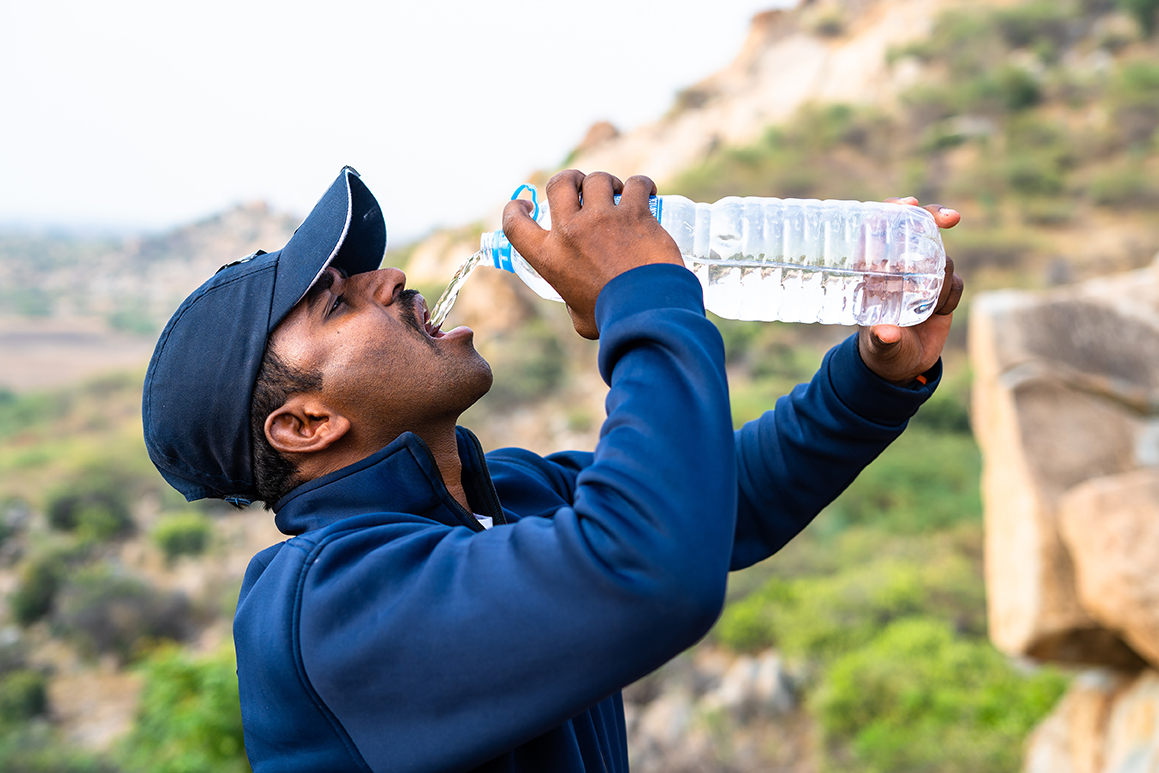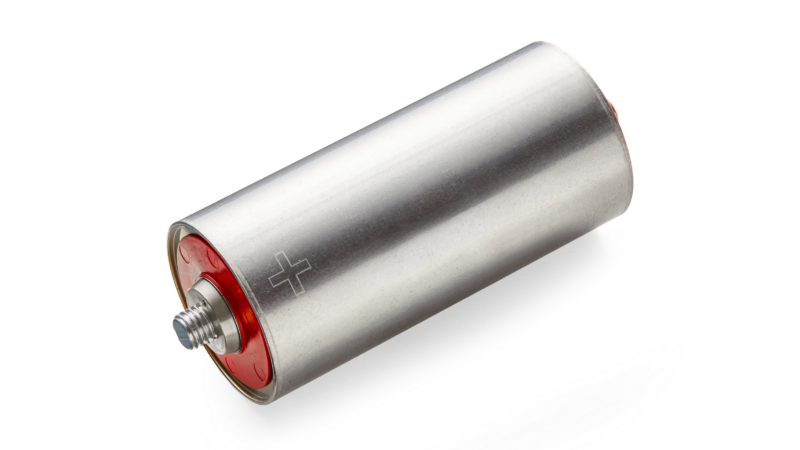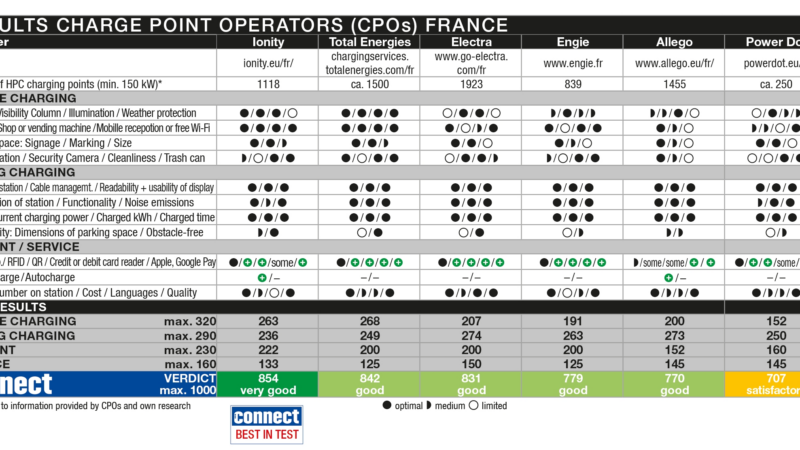What packaging contributes to supply
With the „International Food Safety Day“ on June 7, the United Nations wants to draw attention to the importance of this topic. Clean food is crucial for health and development. Packaging plays a central role in this – it ensures the protection, hygiene and shelf life of food and liquids, often making them accessible to consumers in the first place. This is also the view of the German Food Association. Actually, the number of packages should be reduced.
Let’s take a look at what happens to food without appropriate packaging: Logistics, storage and quality are limited because food products „are exposed to environmental influences without packaging and therefore spoil more quickly. Some foods cannot even be transported without packaging,“ says Dr. Sieglinde Stähle, Scientific Director at the German Food Association in an interview (see attached). Above all, a lack of hygienic product protection puts consumers‘ health at risk.
Packaging protects against contamination
Unclean food is dangerous: according to the World Health Organization (WHO), around 600 million people fall ill every year from contaminated food and 420,000 of them even die as a result. Most of them are children, reports UNICEF. The main problem: over 2.2 billion people have no access to clean drinking water, reports UNESCO, often exacerbated by natural disasters and conflicts. Robust and lightweight packaging, such as canisters and plastic bottles, are a valuable aid here. Dr. Sieglinde Stähle: „Bottled drinking water is what makes the supply of clean, safe water possible in the first place in many regions and especially in crisis areas. Drinking water can be stored, transported and made available quickly when needed. PET bottles are also a suitable concept: they are lightweight, safe, unbreakable and recyclable.“
Sterile and weather-resistant plastic bottles keep water fresh for up to a year. This is because the material has good barrier properties, meaning that little oxygen penetrates inside and hardly any CO2 escapes to the outside. Contrary to widespread belief, plasticizers and bisphenol A are not used. In addition, the low-cost plastic makes drinks accessible to people with lower purchasing power.
PET plastic bottles can also be used to disinfect water using sunlight – the SODIS method is recognized by Eawag, one of the world’s leading water research institutes at the Swiss Federal Institute of Technology in Zurich, among others.
Plastic packaging promotes circular recycling
However, packaging should be reduced due to the increasing volume of waste. According to the EU, the amount of packaging waste is growing steadily; in 2021, it amounted to 189 kilograms per person across Europe. European plastic waste accounts for just under a fifth with 19 percent, followed by glass with 18.5 percent while the majority with more than 40 percent is made up of paper and cardboard. At the same time, around 80 percent of all packaging waste is already being recycled, i.e., it is already being reused for recycling or thermal treatment to generate energy.
The new EU packaging regulation also focuses on reusable and recyclable packaging with an increasing proportion of recyclates; it is part of the European Green Deal and the action plan to expand a sustainable circular economy. The aim is to reduce packaging waste by 15 percent until the year 2040. The PET bottle is already leading the way: It can be used as reusable as well as disposable packaging and then recycled. After using it a PET bottle can even be recovered 1:1 in the bottle-to-bottle process. Design, materials and technologies are also developing: This includes weight reduction, the use of bio-based plastics and the development of organic plastic recycling with bacteria or enzymes.
Not all packaging is the same
Glass also protects food but is heavier than plastic and consumes a lot of energy during production, transportation and recycling. Just like paper, which also requires fresh wood, water and chemicals during production – a lot of effort for what is often little protection for the goods. The recycling of composite packaging is also costly, as it consists of a mixture of cardboard, metal and plastic glued together, which must be laboriously separated before processing.
So not all packaging is the same. One thing is clear: packaging is essential for food safety. The more robust, lightweight and hygienic it is, the better it is for transportation, storage, quality and health. If the packaging can also be recycled after use, it also supports the circular economy – and thus combines product and environmental protection.
Packaging: Protection for food
Interview with Dr. Sieglinde Stähle, Scientific Director at Lebensmittelverband Deutschland e.V., Food Federation Germany
How important is packaging really for food safety?
Dr. Sieglinde Stähle: Unpackaged food generally has a shorter shelf life than packaged food because it is exposed to environmental influences without packaging and therefore spoils more quickly. Some foods cannot be transported at all without packaging and therefore cannot be sold, e.g. soft fruits. In many packaging concepts, packaging makes a decisive contribution to preventing premature spoilage and thus maintaining quality and safety, for example in the case of milk and dairy products or sliced bread.
What are the main functions of food packaging?
Food packaging has many functions. It protects food from spoilage, from light and moisture, from contamination and damage. And they do this both on the way from the manufacturer to the supermarket and from there to the consumer’s home. Packaging must also provide consumers with valuable information, such as the filling quantity, list of ingredients, best-before-date and nutritional table. In addition, different packaging sizes mean that different quantities can be offered, from individual to bulk packaging, so that consumers can shop according to their actual needs and food waste can be reduced.
Assuming appropriate quality and disposal: What role does plastic packaging play in food safety?
Plastic is an enormously versatile material for packaging, which is why it is the material of choice for many food packaging concepts. Plastics play an indispensable role in the functionality of flexible, multilayer and rigid packaging or as transport packaging. The regulations for plastics for food contact ensure suitability and safety.
Plastic is generally reusable and easy to recycle. Glass, for example, requires more energy to produce and paper bags are only better than plastic bags if they are used several times. The raw material for plastic is usually crude oil. The prerequisite for recycling is a contribution from the consumer. Packaging materials containing plastic are not residual waste but recyclable material and must be returned to the plastic recycling cycle through proper separation and collection and should not end up carelessly in household waste or even in nature.
What role do recyclable PET bottles, for example, play in the supply of safe drinking water? Also, regarding regions with inadequate infrastructure or in crisis areas?
Bottled drinking water is what makes the supply of clean, safe water possible in the first place in many regions and especially in crisis areas. Drinking water can be stored, transported and made available quickly when needed. PET bottles are also a suitable concept: they are lightweight, safe, unbreakable and recyclable.
About the yes or no Editorial Team
A team of experienced writers and editors transforms relevant topics and well-researched information into clear and journalistically sophisticated texts.
For more information about us, visit: www.yesorno.de
Company-Contact
yes or no Media GmbH
Claudia Wörner
Vor dem Lauch 4
70567 Stuttgart
Phone: +49 (0) 711 75 85 89 90
E-Mail: 
Url: http://www.yes-or-no.de
Press
yes or no Redaktion
Claudia Wörner
Vor dem Lauch 4
70567 Stuttgart
Phone: +49 (0) 711 75 85 89 90
E-Mail: 
Url: http://www.yes-or-no.de
Die Bildrechte liegen bei dem Verfasser der Mitteilung.






